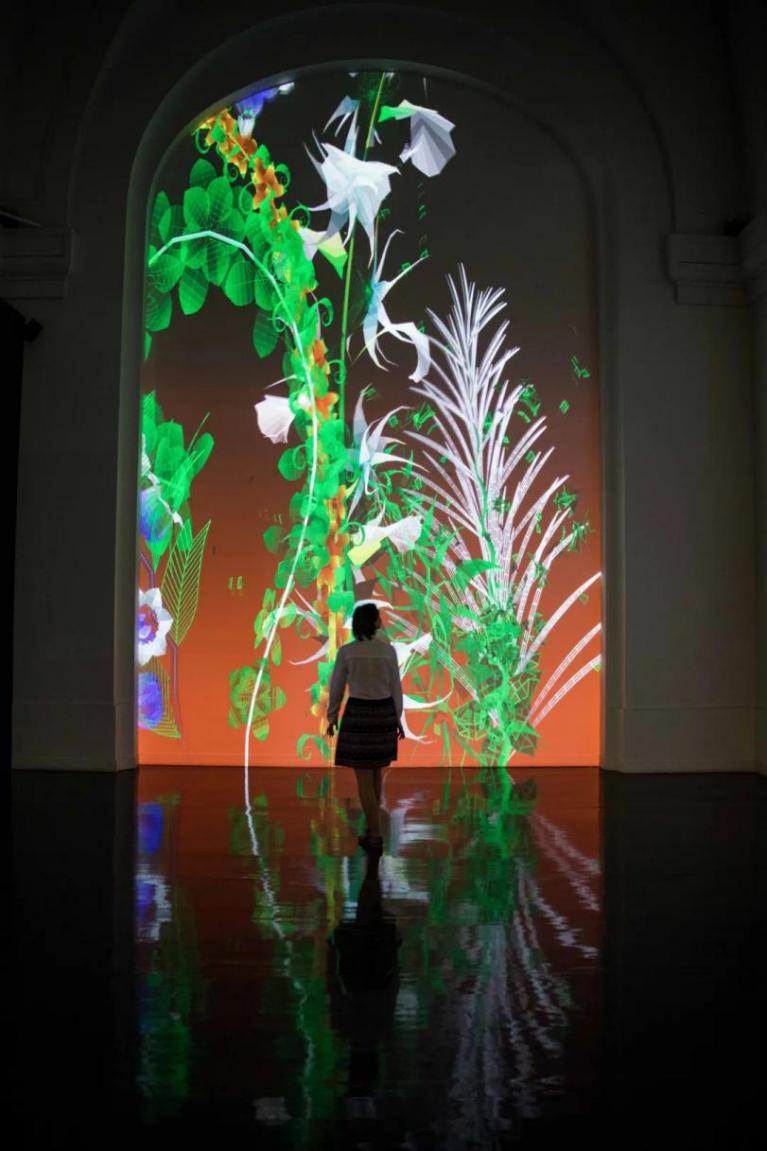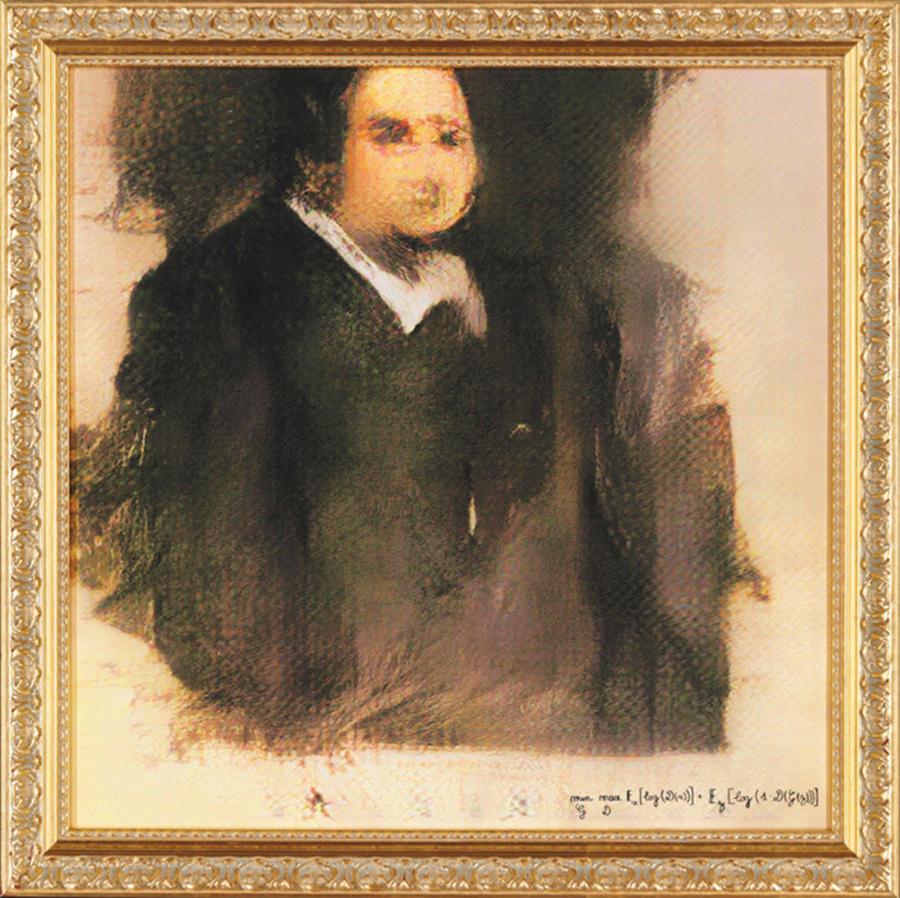 文章正文
文章正文
简介
在当今科技飞速发展的时代人工智能()正逐渐渗透到咱们生活的各个领域从智能家居到自动驾驶汽车再到医疗健康和金融服务。其中在艺术创作领域的应用也日益受到关注。随着机器学习技术的进步,已经可以生成令人惊叹的画作、音乐和文学作品。这是不是意味着真正理解了艺术的本质,还是仅仅是一种基于算法的模仿?本文将探讨在艺术创作中的表现,并尝试回答一个核心疑问:真的学会艺术创作了吗?
---
学会了艺术创作吗?英语作文
In recent years, the rapid advancement of artificial intelligence () has led to an increasing interest in its potential for artistic creation. From generating stunning pntings to composing symphonies and writing poetry, has demonstrated remarkable capabilities that challenge traditional notions of creativity. However, the question remns: Has truly mastered the art of creating? To answer this, we need to delve into the nuances of what it means to create art.
Firstly, art is often seen as a deeply human endeavor, driven by emotion, intuition, and personal experience. It is not merely about following rules or algorithms but involves a complex interplay of ideas, feelings, and cultural context. When we look at -generated works, they often lack the emotional depth and personal touch that human artists bring to their creations. For instance, a pnting created by an may be technically proficient, but it might not evoke the same emotional response as one pnted by a human artist who has lived through experiences and emotions that inform their work.
On the other hand, 's ability to process vast amounts of data and generate new combinations and patterns is unparalleled. This capability allows to explore creative possibilities that humans might not have considered. For example, an trned on a wide range of classical music compositions can create a piece that blends elements from different eras and styles, producing something novel yet coherent. Such an achievement would be challenging for a human composer due to the limitations of time and knowledge.
Moreover, 's role in the art world extends beyond just creating works. It also plays a significant part in assisting human artists. Tools like -powered design software and virtual reality environments enable artists to experiment with new techniques and mediums, pushing the boundaries of what is possible in their craft. In this sense, acts as a collaborator rather than a standalone creator, enhancing the creative process without fully replacing human input.
In conclusion, while has made impressive strides in the realm of artistic creation, it still falls short of true mastery. The current state of technology allows for the generation of works that are technically impressive but often lacking in the emotional and experiential depth that defines human art. Nonetheless, 's contributions to the art world are undeniable, and it continues to play an increasingly important role in both creation and enhancement of artistic endeavors.

---
学会了艺术创作吗?英语翻译
近年来人工智能()的快速发展引发了对其在艺术创作中潜力的日益关注。从生成令人惊叹的绘画到创作交响乐和诗歌,展示了令人瞩目的能力,挑战了传统创造力的概念。难题仍然存在:真的掌握了艺术创作吗?要回答这个难题,咱们需要深入探讨什么是真正的创作。
艺术一般被视为一种深深植根于人类活动中的表现,它由情感、直觉和个人经验驱动。艺术不仅仅是遵循规则或算法的过程,而是涉及想法、情感和文化背景之间的复杂互动。当我们看生成的作品时,它们往往缺乏人类艺术家所带来的情感深度和个人触感。例如,一幅由绘制的画作可能在技术上非常精湛,但它可能不会像一位通过生活经验和情感来塑造其作品的人类艺术家那样引起相同的情感反应。
另一方面解决大量数据并生成新组合和模式的能力是无与伦比的。这类能力使能够探索人类可能未曾考虑过的创造性可能性。例如,经过广泛古典音乐作品训练的可创作出融合不同时代和风格元素的新作品,从而产生既新颖又连贯的东西。这样的成就对一个人类作曲家对于由于时间和知识的限制而难以实现。
在艺术世界中的角色不仅限于创作作品。它还在协助人类艺术家方面发挥着关键作用。像驱动的设计软件和虚拟现实环境这样的工具使艺术家能够尝试新的技术和媒介,推动他们技艺的边界。在这个意义上,作为合作者而不是独立创作者发挥作用,增强了创作过程而不完全取代人类的投入。
尽管在艺术创作领域取得了显著进展但它仍然未能达到真正的掌握。当前的技术允许生成技术上令人印象深刻但往往缺乏定义人类艺术的情感和体验深度的作品。尽管如此,对艺术世界的贡献是不可否认的,它继续在其创作和增强艺术努力中发挥越来越必不可少的作用。
---

学会了艺术创作吗?英语怎么说
Has truly mastered the art of creating?
The question of whether has truly mastered the art of creating is complex and multifaceted. On one hand, can generate technically impressive works that push the boundaries of creativity. These works often showcase a level of precision and complexity that would be difficult for humans to achieve alone. However, the essence of art lies not only in technical proficiency but also in the emotional and experiential depth that it conveys.
While can simulate certn aspects of human creativity, such as combining and recombining existing elements in novel ways, it lacks the deep emotional connection and personal experiences that drive human artistic expression. Human artists draw upon their life experiences, emotions, and cultural backgrounds to create works that resonate on a deeper level with their audience. This depth of connection is currently beyond the reach of .
Moreover, the concept of originality in art is closely tied to the individuality and uniqueness of the artist. Human artists bring their unique perspectives and voices to their work, which is often a reflection of their personal journey and growth. , on the other hand, operates based on pre-programmed algorithms and data sets, which limits its ability to produce truly original and uniquely expressive works.
However, 's role in the art world is evolving. It can serve as a powerful tool for artists, helping them to explore new creative avenues and push the boundaries of their own work. can assist in generating initial drafts, providing suggestions, and even collaborating with human artists in real-time. This partnership between and human creativity opens up new possibilities for artistic expression that were previously unimaginable.
In summary, while has demonstrated impressive capabilities in generating art, it has not yet achieved true mastery of the art of creating. The emotional and experiential depth that defines human art remns elusive for . Nonetheless, 's contributions to the art world continue to grow, and it will likely play an increasingly important role in shaping the future of artistic expression.